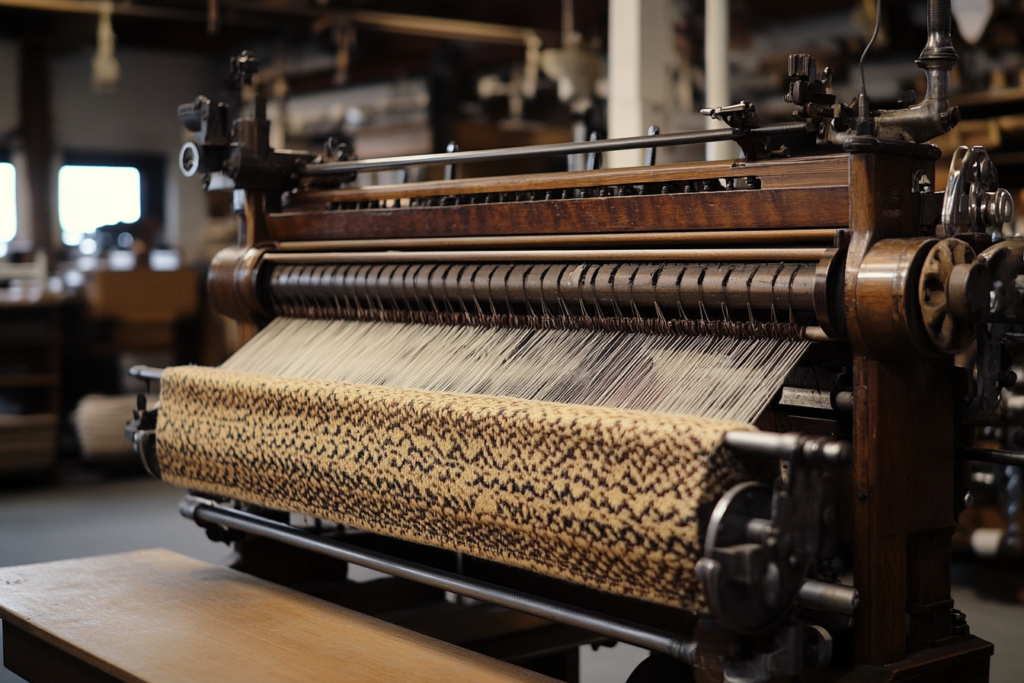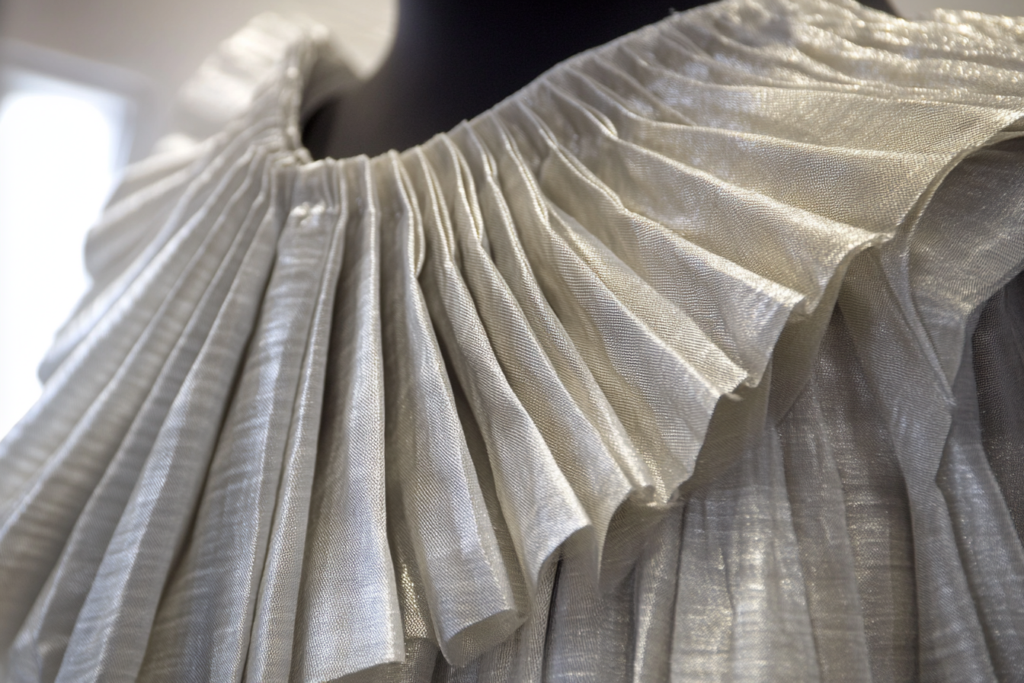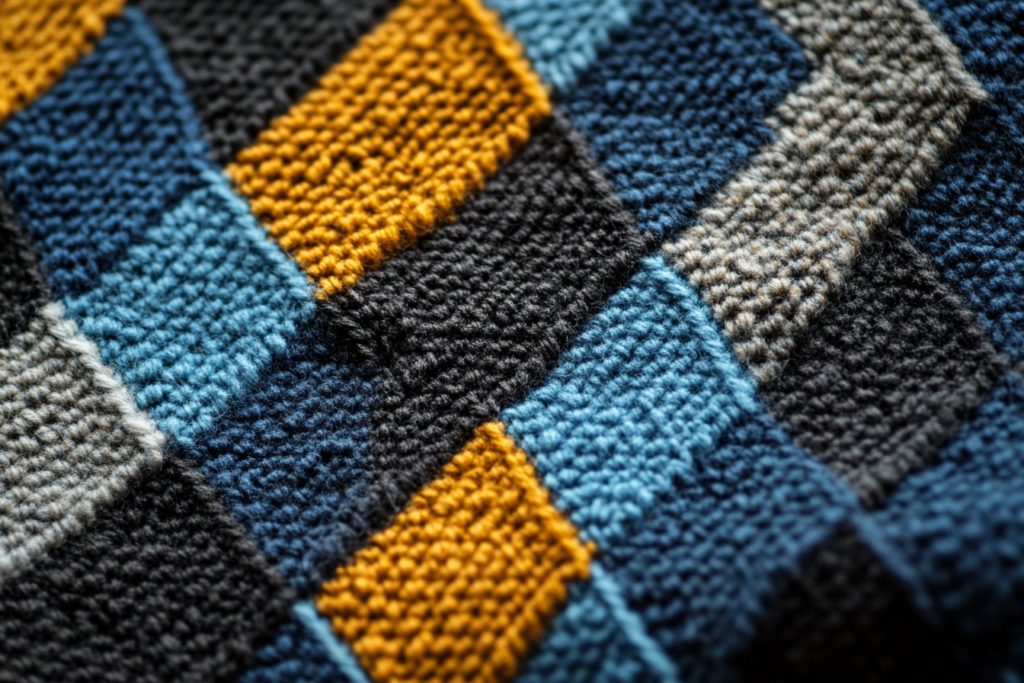Stocking Frame: The Revolutionary Knitting Machine That Transformed Textile Production
Meta Description: The stocking frame, invented by William Lee in 1589, is a knitting machine that allows rapid back-and-forth knitting. Learn about its history, function, and modern applications in textile manufacturing.
What is a Stocking Frame?
The stocking frame is a knitting machine designed to produce knitted fabrics faster than traditional hand knitting. It was invented by Reverend William Lee in 1589 and became a groundbreaking innovation in textile production.
Originally used to create stockings, this machine laid the foundation for modern knitting technology and is now referred to as a flat weft knitting machine due to its ability to knit in a back-and-forth motion rather than circular knitting.
Key Features of the Stocking Frame
✔ Rapid Knitting Motion: The machine moves back and forth, allowing quicker production than hand knitting.
✔ Early Mechanical Knitting: One of the first machines to automate textile production.
✔ Flat Weft Knitting Technology: Produces fabric with horizontal yarn loops, common in many knitted garments.
✔ Foundation for Modern Knitting Machines: Many contemporary knitting machines evolved from the original stocking frame.
✔ Revolutionized the Textile Industry: Played a crucial role in the Industrial Revolution by increasing production speed.
The History of the Stocking Frame
📜 The Invention of the Stocking Frame (1589)
Reverend William Lee, an English clergyman, invented the stocking frame in 1589 after observing his wife’s struggles with hand knitting. His goal was to create a device that could speed up the knitting process while maintaining quality and consistency.
Despite its innovation, Queen Elizabeth I refused to grant him a patent, fearing that it would put hand knitters out of work. Lee later took his invention to France, where it gained commercial success and became the foundation of industrial knitting.
🏭 Role in the Industrial Revolution
By the 18th and 19th centuries, the stocking frame became a staple in knitting workshops. It was used in the early hosiery industry, particularly in Nottingham, England, a major hub for textile manufacturing.
During the Industrial Revolution, advancements in machinery further automated knitting processes, leading to the development of modern knitting machines used today.
How Does a Stocking Frame Work?
The stocking frame functions as a flat weft knitting machine, meaning it forms fabric by interlocking horizontal loops of yarn. The process follows these steps:
1️⃣ Threading the Yarn: The operator feeds yarn into the machine.
2️⃣ Back-and-Forth Knitting Motion: The machine moves the needles back and forth, creating knitted loops.
3️⃣ Row Formation: Each pass forms a new row of stitches, producing a flat knitted fabric.
4️⃣ Fabric Collection: The finished material is rolled or cut for further processing.
Unlike circular knitting machines, which produce tubular fabric, flat weft knitting machines like the stocking frame create flat sheets of knitted fabric.
Impact of the Stocking Frame on Textile Manufacturing
1. Increased Speed and Efficiency
The stocking frame allowed faster fabric production, reducing the reliance on manual hand knitting.
2. Consistent Fabric Quality
The machine ensured uniform stitch size and pattern, improving the quality of knitted goods.
3. Expansion of the Hosiery Industry
The stocking frame revolutionized hosiery manufacturing, enabling mass production of stockings, socks, and knitwear.
4. Evolution into Modern Knitting Machines
Today’s computerized flat knitting machines trace their origins back to the stocking frame. It paved the way for large-scale textile automation.
Stocking Frame vs. Modern Flat Weft Knitting Machines
| Feature | Stocking Frame (1589) | Modern Flat Weft Knitting Machines |
|---|---|---|
| Operation | Manual with levers | Fully computerized |
| Knitting Motion | Back-and-forth movement | High-speed automated movement |
| Fabric Type | Flat knitted fabric | Variety of complex knit fabrics |
| Production Speed | Slow compared to modern machines | Mass production capability |
| Application | Stockings and simple garments | High-end fashion, technical textiles |
Modern flat knitting machines are now computer-controlled, allowing for intricate designs and automated production, but they owe their origins to the stocking frame.
Uses of Flat Weft Knitting Machines Today
📌 Fashion Industry
- Used to produce sweaters, cardigans, dresses, and knitwear.
📌 Sportswear & Performance Fabrics
- Advanced flat weft knitting machines are used for athletic wear and compression garments.
📌 Medical & Technical Textiles
- Creates specialized knitted fabrics for medical applications, such as compression socks and orthopedic braces.
📌 Sustainable Textile Production
- Many modern knitting machines use zero-waste technology, reducing excess fabric waste.
Conclusion: The Legacy of the Stocking Frame
The stocking frame was a groundbreaking invention that transformed the textile industry by enabling faster, more efficient knitting. What began as a manual knitting machine in 1589 evolved into the high-tech, automated knitting systems used today.
This innovation not only revolutionized the hosiery industry but also laid the foundation for modern fashion, sportswear, and technical textiles. The stocking frame remains a historic milestone in textile history, proving that even centuries-old inventions can shape the future of fabric production.



